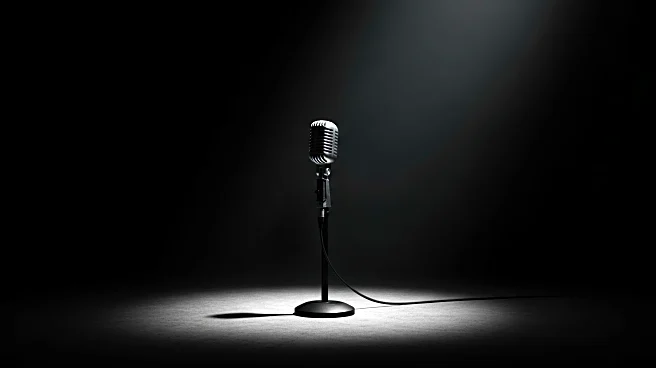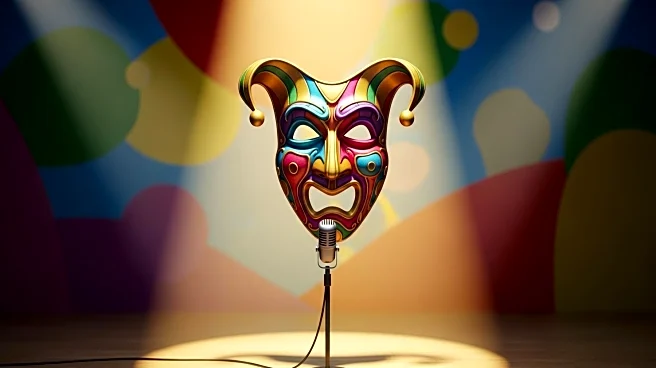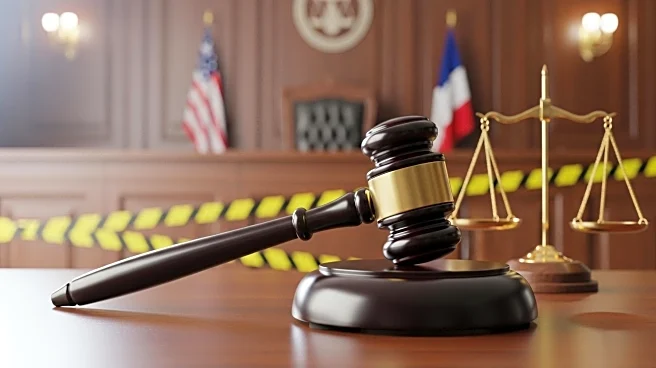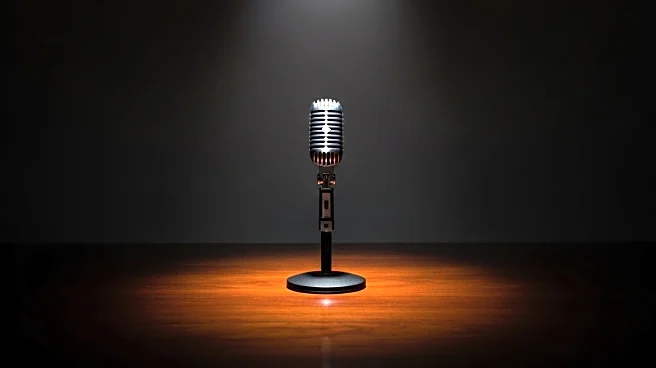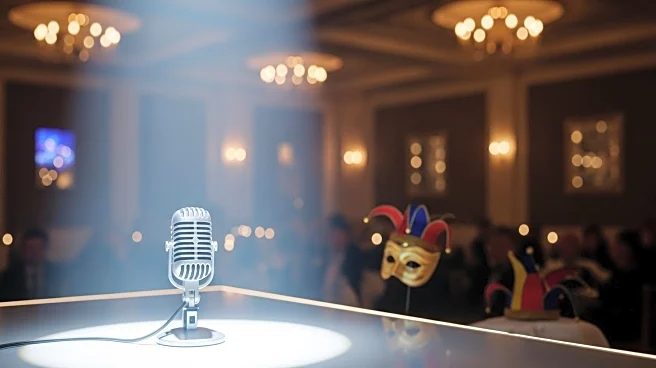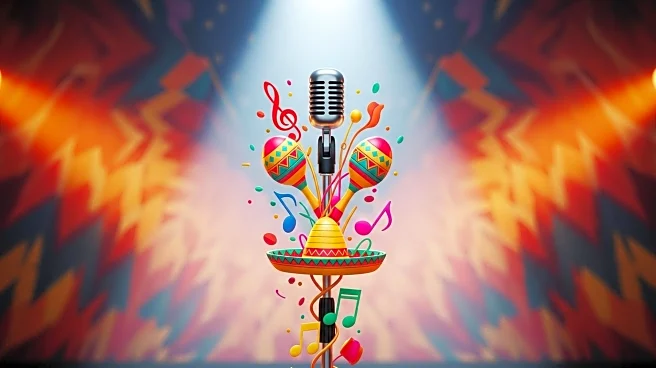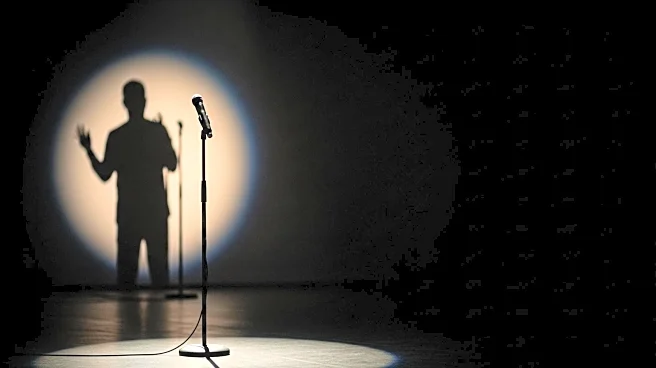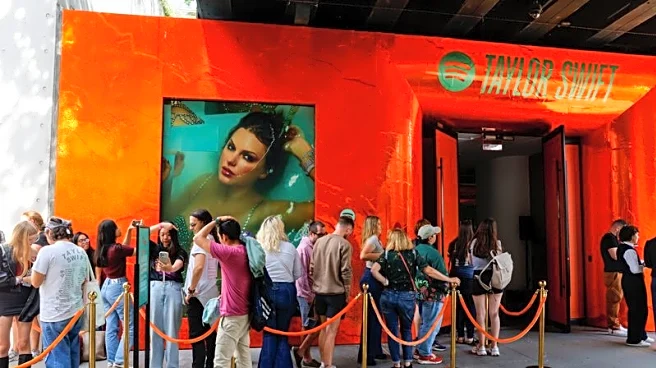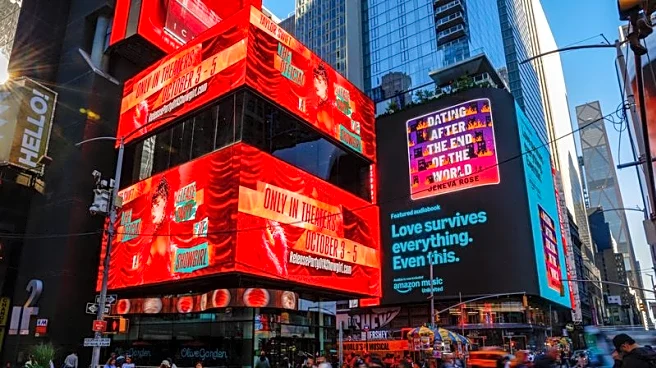What is the story about?
What's Happening?
In 1985, the US Senate held hearings to address concerns raised by the Parents Music Resource Center (PMRC) about explicit content in rock music. The PMRC, co-founded by Tipper Gore and other influential women, aimed to increase parental control over music deemed inappropriate for children. The hearings focused on the 'Filthy Fifteen,' a list of songs identified for their objectionable content, including tracks by Prince, Madonna, and heavy metal bands like Judas Priest and Wasp. The PMRC's efforts were supported by prominent figures and organizations, leading to significant media attention and public debate. Musicians like Frank Zappa and Dee Snider testified against the proposed censorship, arguing it infringed on artistic freedom.
Why It's Important?
The Senate hearings marked a pivotal moment in the debate over censorship and artistic expression in the United States. The PMRC's campaign highlighted tensions between cultural conservatism and freedom of speech, reflecting broader societal debates about family values and media influence. The introduction of Parental Advisory stickers on albums was a direct outcome, affecting how music was marketed and consumed. This move had economic implications for the music industry, as some retailers refused to stock labeled albums, potentially impacting sales. The hearings also set a precedent for future discussions on media regulation and the role of government in cultural matters.
What's Next?
The legacy of the PMRC and the Senate hearings continues to influence discussions on censorship and media regulation. While the PMRC disbanded in the mid-1990s, Parental Advisory labels remain a standard practice in the music industry. The hearings also paved the way for similar debates in other media forms, such as video games and online content. As digital platforms evolve, the balance between protecting minors and preserving artistic freedom remains a contentious issue, with ongoing discussions about the role of parental controls and government intervention in media consumption.
Beyond the Headlines
The PMRC hearings underscored the cultural clash between traditional values and emerging artistic expressions. The controversy highlighted the power dynamics between government, media, and the public, raising questions about who gets to decide what is deemed acceptable. The hearings also sparked a broader conversation about the role of art in society and its potential to challenge or reinforce social norms. As new forms of media continue to emerge, the ethical and legal implications of censorship remain relevant, prompting ongoing debates about freedom of expression in a rapidly changing cultural landscape.
AI Generated Content
Do you find this article useful?
